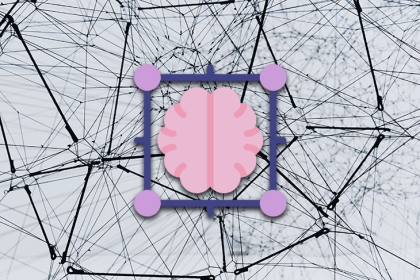
Managing individual social loafers isn’t too difficult; it’s when teams are made up of multiple personality types that things start to get complicated.

Facilitation refers to leadership techniques that aim to make activities requiring stakeholder alignment easier and more efficient.

Building a successful product requires an exceptional leader as well as an empowered and engaged team. It takes more than great ideas to keep your product on the right track.

Mastering how to reject unrelated requests that don’t contribute to your product strategy is essential to stay on track for long-term success.

Balancing asynchronous and synchronous communication requires a clear understanding of goals, team dynamics, and communication preferences.

In this article, you will learn about mind maps, which are a critical tool for product manager’s looking to organize information.

How can you be satisfied with your job, but also dissatisfied at the same time? Herzberg’s two-factor theory explores this paradox.

A work plan is a communication tool. It’s how you help yourself, your team members, and your stakeholders get a common understanding of upcoming challenges.

In this article you will learn what drives innovation and how to to continuously challenge and disrupt markets.

The basis of expectancy theory is linking high efforts to desirable outcomes. Learn how implementing expectancy theory can motivate your team.

Implementing a first principles approach can help a product manager and their product team think more creatively and critically about product development.

Stakeholder analysis is a systematic process of mapping out the key groups who have a vested interest in a product and assessing their needs and expectations.